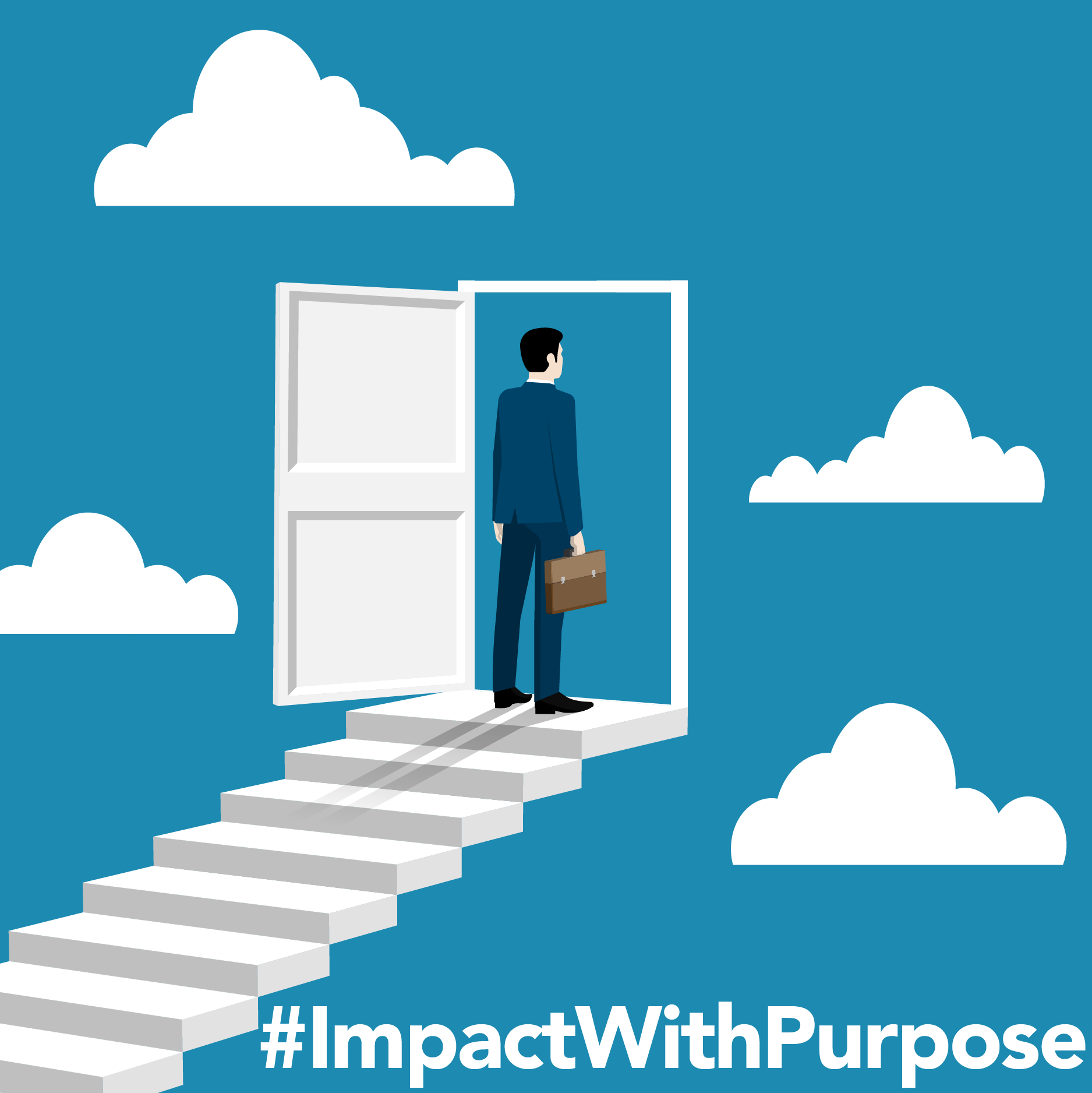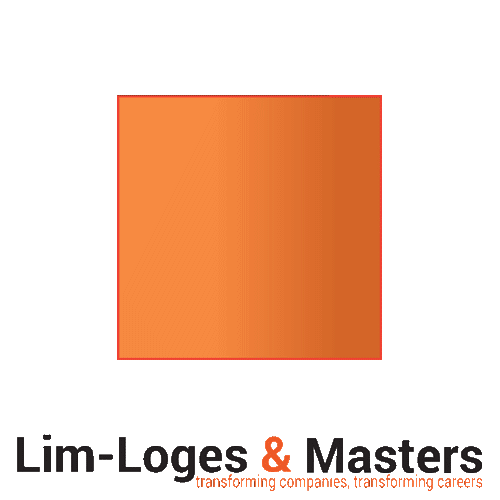

Lelia Lim
Integrating Sustainability into Business Strategy: An Interview with Senior Advisor Pia Wong

In this interview, we sit down with our Senior Advisor, Pia Wong, to explore the innovative ways in which the #ImpactWithPurpose workshop meticulously aligns an organisation’s strategic objectives with the Sustainable Development Goals (SDGs).
With an insightful blend of experience and expertise, Pia sheds light on integrating sustainability into business strategy, offering a nuanced perspective on fostering positive impact through tailored approaches.
Join us as we unravel the methods and models that empower organisations to not only meet their goals but to do so in a manner that contributes meaningfully to global sustainability efforts.
Q. How did your corporate PR and marketing roles influence your perspective on sustainability and corporate responsibility?
“My experience in the corporate PR and marketing world has made me acutely aware of greenwashing. I’ve become particularly wary of impact reports generated internally (or by PR companies) that often exaggerate or even fabricate sustainability claims. This undermines consumer trust and hinders eco-conscious consumers from making informed choices.
“Selective disclosure of information prevents us from understanding the true impact of products and services. I do believe that companies have a huge responsibility to provide accurate information, going beyond superficial claims. Corporate responsibility starts with transparency – only then can we build trust, empower consumers and create a sustainable future.”
Q. Can you share an instance where you directly contributed to addressing a global issue through your work?
“As an independent evaluator, I assessed the impact of Musawah, a global NGO advocating for gender equality for Muslim women. This involved in-depth analysis of family law complexities in regions like Africa, Pakistan, and the Middle East. Through documentary review and sensitively asking the right questions to a diverse set of stakeholders, I gained nuanced insights. The evaluation findings and key learnings enabled Musawah to enhance their programs, optimise efficiency, and inform their theory of change to achieve impactful results.“
Q. How have your educational experiences at institutions like Harvard and Cambridge shaped your approach to sustainability leadership?
“They were transformative in different ways: Harvard Business School taught me that regardless of the size of the organisation you run, in the world of sustainability and social impact, the issues and challenges are often the same, just on different scales.
“The University of Cambridge Institute for Sustainability Leadership (CISL) convinced me that achieving an inclusive economic system and the Sustainable Development Goals requires effective multi-stakeholder collaboration. This is because no single entity controls the complex issues that need solving; collective action and systems leadership are required to move forward. This is why I constantly advocate for systems change, as seen in my work for Voice for Social Good, to help elevate the NGO sector, pushing the agenda to invest in operational costs of non-profits.”
Q. What are the most critical skills for driving positive change in today’s corporate landscape?
“Being able to communicate a vision, and facilitate dialogue that inspires action and creates shared meaning, helps to create conditions for positive change.
“You also need to be adept at imagining possible solutions or alternatives and bringing creativity into thinking and practice. This leads to innovative approaches to address issues; for example, recently, I was able to work with a high-end restaurant in Hong Kong that was about to close down and helped to divert hundreds of quality items (tableware, furniture, etc) from the landfill by using a low-cost online auction and shopping platform to sell all the items at a reasonable price with proceeds going to the staff that were made redundant.
“It’s also important to have a long-term perspective – think about education and climate change – two of the top sustainability issues identified by CEOs – both are long-term issues.”
Q. How does B Purpose Bureau differentiate itself from other sustainability consultancies, particularly in its use of the B Corp standards?
“B Purpose Bureau is unique in that we enable our clients to go from intent to real action and have a proven track record of improving both the company’s positive impact and B Impact Assessment (BIA) scores for our clients. The BIA is the framework any company must complete to become B Corp certified. Unlike the GRI (or other reporting mechanisms), the BIA is an improvement tool, as it also helps evaluate a company’s performance.
“B Purpose Bureau has successfully guided more companies through the B Impact Assessment than any other consultancy in Hong Kong.”
Q. Could you elaborate on a project where BPB helped clients make significant strides in their sustainability and ESG performance?
“We have helped many clients improve their sustainability and ESG performance by using the B Corp framework, i.e. the B Impact Assessment – which measures performance across all stakeholder areas: Customers, Environment, Workers, and Community. The BIA tool also evaluates the ability of a company to protect its mission and formally consider stakeholders in decision-making through their corporate structure (e.g. benefit corporation) or corporate governing documents.
“This enables our clients to make continuous, incremental, and measurable improvements that will become significant in time but seldom with a big bang (real impact takes time). In practical terms, this means helping them establish a strategy and governance and putting in place policies and actions that will bring that strategy to life. This always includes a more considered approach and engagement with different stakeholders, as well as formalising ad-hoc activities into plans and policies = more transparency and accountability.
“Examples of what we’ve helped our clients with include multi-stakeholder / purpose-driven governance models, moving from ad-hoc to considered plans and policies for donations and partnerships with charities, establishing DEI policies, putting in place policies for better working conditions (e.g. living wage for workers and healthcare for contractors), set up waste monitoring system, start measuring carbon footprint and establishing goals for improvements, set up policies for spending more on local suppliers, supply chain improvements, code of ethics, employee handbooks etc.”
Q. How does BPB ensure its clients plan and implement actionable strategies for purpose-driven impact?
“Our projects are divided into two main phases, both of which are actionable strategies for purpose-driven impact:
1. We help them complete the BIA optimally and provide recommendations on how to reach the minimum score to qualify through an action list of prioritised improvements for each stakeholder group.
2. Once the client implements our recommendations and improvements, we consolidate each stakeholder group’s action lists and finalise their BIA submission.
“If the client does not implement our recommendations, they will be less likely to be eligible for B Corp certification, so it’s a huge incentive for them to complete it thoroughly.”
Q. What trends do you foresee in corporate sustainability and ESG performance landscape in the coming years?
“Algorithmic intelligence: trends to minimise bias, to have a true diverse set of data
that is more representative, i.e. the trend is for customers (in and out of the ESG space) to seek quality data, not quantity. Those companies with access to the best, quality data will ultimately be the ones with the most power and – more importantly, responsibility.
“Edtech will continue to play a huge role in levelling the playing field in the social sector, providing easy access to education for so many in the underserved communities. I hope to see more corporations and funders invest in this space to support their NGO partners. For example, I advised one client, an NGO advocating for gender equality for Muslim women, to use adaptive learning technologies to customise the content delivery of their training for advocates based all over the world, from Africa to the Middle East and SE Asia. This saves time, resources, and money, provides insights into their journey, and helps empower learners to take ownership of their education.
“Transparency and Impact Measurement: Gaining significant importance as government ESG regulations tighten, and companies face scrutiny (with serious financial ramifications) over false sustainability claims, both in the environment and social/supply chain space.
“Customers and workers are demanding greater transparency and accountability, not only in product and service offerings but also as fair employers who are investing in the planet’s future health. Institutional funders (corporations and foundations), for example, recognise that they will only reach their corporate ESG goals or SDG targets if they work together with NGOs as partners. This growing trend highlights the valuable expertise NGOs bring to address critical gaps. Consequently, the demand for independent impact assessments to evaluate and measure the effectiveness and social impact of an organisation’s program and services will continue to rise, contributing significantly to driving long-term, tangible change in the sustainability landscape.”
Q. How does BPB measure the success of its interventions in terms of client performance and stakeholder impact?
“We help our clients improve their impact scores (accuracy, quality and pace) by 10-20%, on average.”
Q. With BPB’s global operations, can you discuss a challenge you’ve faced in adapting sustainability strategies across different cultural contexts?
“One of our clients operated across multiple regions globally, and a key challenge was building the capacity of local champions to implement sustainability strategies. This was especially difficult in regions where local laws did not encourage or enforce sustainability practices or have the infrastructure (as in many developing countries in SE Asia), such as recycling office waste.”
Q. Could you elaborate on the methodologies you use to help organisations enhance their impact measurement and reporting?
“Depending on the needs and type of the client (e.g. MNC, SME, social enterprise or funder measuring the impact of NGO partner), we help organisations enhance their impact measurement and reporting through various methodologies. If it is solely for social impact measurement, I like to use the globally recognised OECD DAC Network of Development Evaluation framework. For example, if the client needs a broader sustainability measurement scope, including the environment and the supply chain or workers, I would recommend a materiality assessment or the B Impact Assessment.
“All of these methodologies are similar in that they enable clients to understand the issues that matter most, identify gaps and help build an effective sustainability strategy with clear sustainable goals and targets for measurement. The difference between the methodologies is really a level of depth and scope.”
Q. From your extensive experience, how do you assist organisations in aligning their strategic objectives with sustainable and ethical practices?
“Focusing on an outcome-driven or results-based framework, we help align strategic objectives and priorities with sustainable practices. Working together to define short- and medium-term outcomes and what success would be like, i.e., what milestones and timeframes are needed to achieve them. For example, suppose a company wants to improve their supply chain practices. In that case, we help define some targets, e.g. conduct a baseline assessment (with a recommended partner specialising in modern slavery). This will immediately show where the gaps are, after which we can help advise what needs to be measured going forward and how to report it.”
Q. Can you share an example of a successful partnership you’ve facilitated between a non-profit and a funder that led to substantial social impact?
“One impactful partnership I forged was between engineering and design consultancy, EPAM Continuum and literacy-based NGO Bring Me A Book Hong Kong. A small team of EPAM consultant volunteers provided their expertise to help revamp their website, brand collateral and digitalise the charity’s unique product: the world’s first bilingual search engine for children’s books. Working closely with the NGO to understand the needs of the target groups, the partnership not only helped to significantly raise funds for and awareness of Bring Me A Book, but the titles in the search engine “Find Me A Book” are still being used to select children’s books across the Hong Kong public libraries and is available for public use at no cost, for long-term, lasting social impact.”
Q. In your perspective, what are the most significant challenges organisations face when trying to implement social impact strategies, and how do you help them overcome these hurdles?
“The biggest challenges often revolve around inconsistent knowledge and resources across the organisation, resulting in ad hoc initiatives that are not properly measured or monitored, making it very difficult to track social (or environmental) impact over time. This results in a very limited sustainable culture with minority buy-in.
“We help overcome these challenges by ensuring all the key stakeholders are involved from the start to ensure buy-in and knowledge about the B Corp process or specific social impact strategy as a tool for the 3 P’s of sustainability: People, Planet and Profit. We then provide a gap analysis by conducting a “principled prioritisation,” which is an action list of short-, medium-, and long-term goals to help reduce the gaps in their social (and environmental) targets. Because the B Impact Assessment and the OECD Framework are globally recognised third-party standards, they build credibility, attract talent, and are a unifying force for successful stakeholder buy-in.”
Q. With your background in communications, how do you advise organisations on effectively communicating their social impact to stakeholders and the wider public?
“Evidence-based storytelling is key for effectively communicating social impact. Building trust is critical, and core messaging should always be consistent with your company’s “North Star” and always shining through. Therefore, being honest and transparent in all your communication is especially important to mitigate greenwashing claims. For example, it’s better to be honest that you are not quite there yet with your sustainability goals and explain what you need to do to get there. This will attract new talent far more effectively than saying you are a socially responsible company but actually “not walking the talk”.
“I love the adage “Sell the sizzle, not the sausage” from super salesman Elmer Wheeler in the 1940s – people don’t buy products, they buy benefits. I find this particularly relevant in the sustainability sector. It’s what the product does, or in this case, what social impact is created, that consumers are interested in. So focus on the “sizzle of social impact” when communicating!”
Q. Why should leaders and companies sign up for your #ImpactWithPurpose programme?
“By signing up for #ImpactWithPurpose, you demonstrate to your staff, clients, and community that you value them and are serious about addressing your organisation’s sustainability practices. This will help attract and retain talent and new customers. Between 2018-2021, there was a 15% customer growth rate of B Corps compared to 1% for ‘normal businesses’, while from 2019-2021, revenue increased 24% points higher for B Corps than ‘normal businesses’, significantly increasing the company’s competitive edge.” (Ipos Global Trends 2021 report and Fors Marsh research 2022)
Q. How does the #ImpactWithPurpose workshop tailor its approach to align with an organisation’s strategic goals while integrating relevant SDGs?
“The SDGs are fully integrated with the B Impact Assessment platform through the SDG Action Manager. The “audit score” that measures impact across the five different stakeholder areas is aligned with the relevant SDGs and provides recommendations to help achieve these. For those not using the BIA, we can create an impact model that aligns the organisation’s goals with the specific SDG goal by looking at the level of impact you are targeting (A – Act to avoid hard, B – benefit stakeholders, or C – Contribute to solution) and provide an impact thesis accordingly.
For example, a company can track migrant workers’ journeys much more comprehensively through blockchain technology tand as such, put specific targets in place to reduce modern slavery or grievance issues of workers by, say, “18% in our supply chain by 2025″.”







